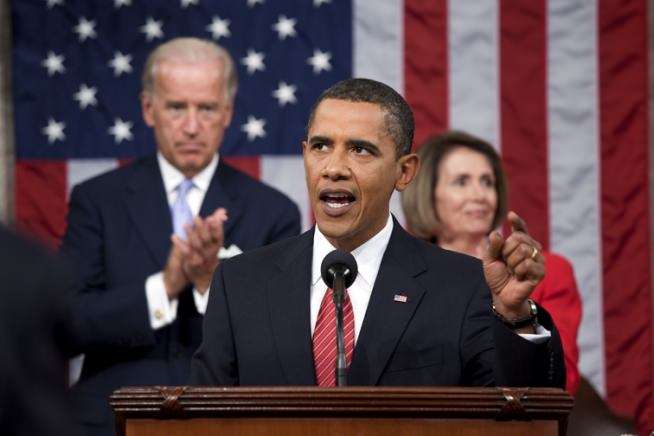Obamacare Covers the Uninsured (and Some Who Weren't)

The headline news from last week's Kaiser Family Foundation survey of people who enrolled in individual market health insurance was that more than half—57 percent—of those enrolled in coverage through Obamacare's exchanges were previously uninsured.
That's a marked improvement over previous outside surveys from McKinsey and RAND, which found that 24 percent and 36 percent of Obamacare-era enrollees were previously uninsured. The surveys were taken at different times, and they used different questions and different methodologies, which almost certainly accounts for some of the variation. But because the Kaiser report is the most recent, and because it relies on a randomized survey sample, it's likely to be taken as the closest thing we have to a canonical number, at least for now.
Kaiser estimate represents a significant improvement over the previous estimates produced by McKinsey and RAND, and in that sense it represents good news for the health law's supporters. Certainly, they will now be able to say that a majority of the people covered through the law's exchanges were previously uninsured.
But even still, the survey results suggest the potential limitations of Obamacare's coverage scheme.It's not a precise instrument: More than 40 percent of exchange enrollees were already insured, suggesting that while Obamacare is expanding coverage to the uninsured, it's also resulting in a fair amount of subsidized coverage going to people who already had coverage (the vast majority of exchange beneficiaries got subsidies).
Digging a bit deeper into the survey also hints at the difficulty in measuring who, exactly, counts as previously uninsured. If someone had health insurance up until a month prior to getting new coverage under the law, should that person count as uninsured? Probably not. What about six months before? Or a year before? These questions are legitimately difficult to answer.
Kaiser's survey finds that the majority of previously uninsured lacked coverage for two years, and that 45 percent reported not having coverage for five years. Which means that more than half of the previously uninsured were covered at some relatively recent point.
Now, many of those people clearly were having difficulty getting coverage for some reason—perhaps as a ripple effect of the recession, perhaps because of some other factor. But many of them appear not to be completely uninsurable. These are not people who couldn never get insurance under any circumstance. They're people who didn't have it for the last several years.
Obamacare's supporters would no doubt say that the law was designed to help those people just as much as it was designed to help those who never had coverage at all. That's an entirely reasonable position. But when we talk about Obamacare's coverage effects, it's important to be clear about who is being covered: a sizable number of people who were already insured, as well as people who were both eligible for coverage and covered at one point, but had lost their coverage.


Show Comments (27)